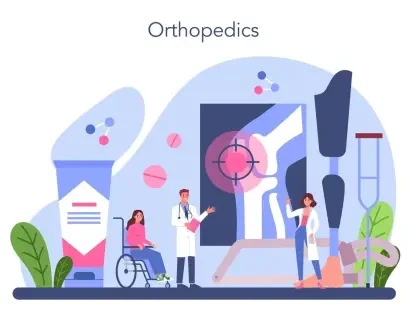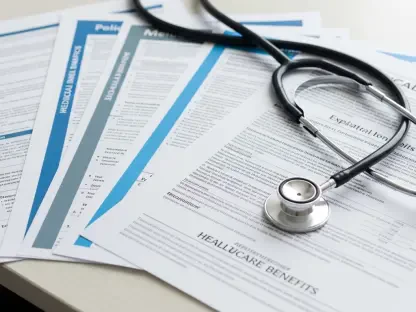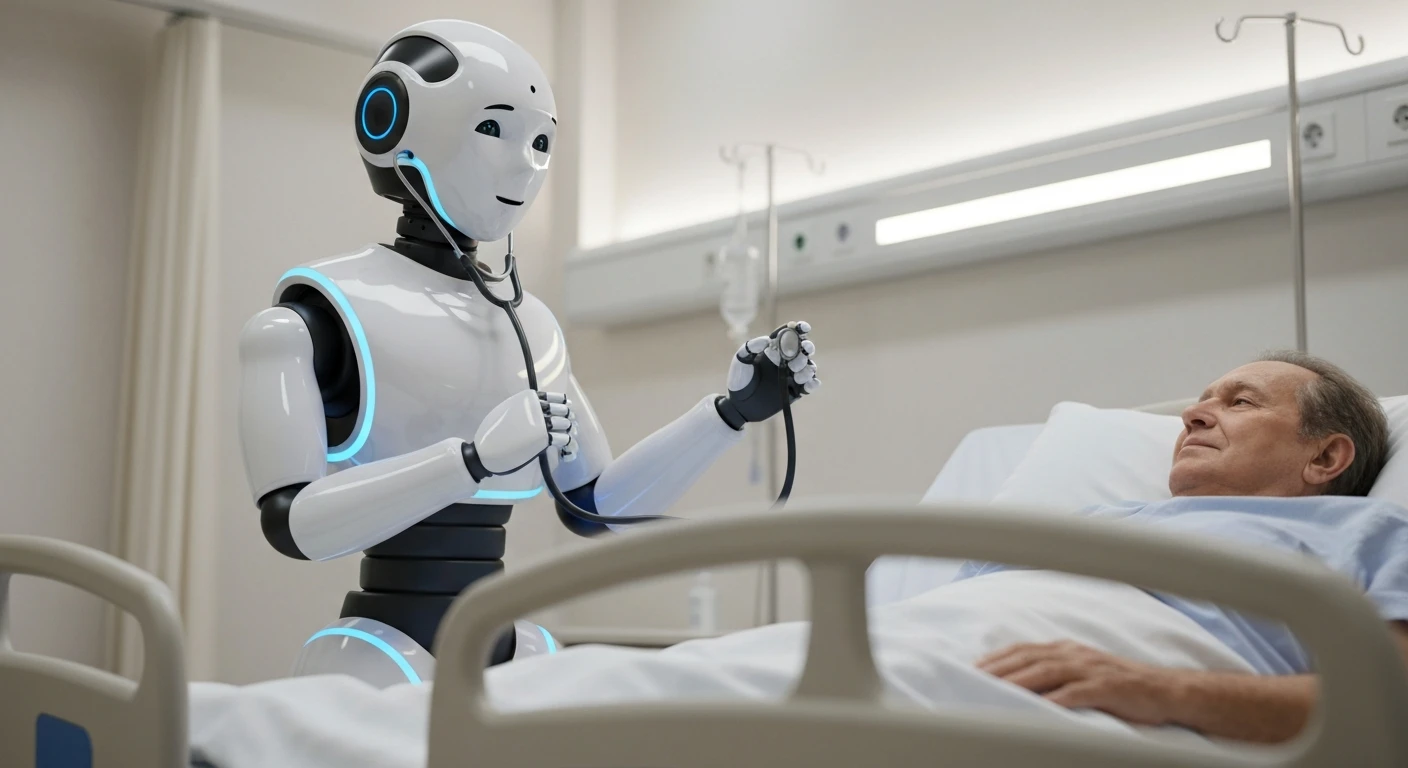In a world where ensuring the security of healthcare facilities is paramount, selecting the right security system has become critical. Hospitals face the dual challenge of safeguarding sensitive information and maintaining the safety of patients and staff. This guide will walk you through the essential steps and considerations for enhancing hospital security, focusing on integrating advanced technology and modern systems tailored to your facility’s needs. The guide is designed to help hospital administrators make informed decisions about the best security solutions for their institutions. These solutions are essential for optimizing safety and operational efficiency without compromising compliance with regulatory standards or escalating costs.
The Crucial Role of Advanced Security Systems in Modern Hospitals
Modern hospitals are hubs of activity, making them vulnerable to various security risks. To protect patients, staff, and sensitive information, hospitals require sophisticated and up-to-date security systems. This means moving beyond traditional measures to incorporate advanced technology capable of real-time monitoring and rapid response to potential threats. The objective is to create a secure environment where healthcare professionals can focus on patient care without anxiety about safety and security concerns.
When choosing a security system, several key components must be considered. These encompass compliance with legal regulations, the ability to integrate with existing infrastructure, scalability to meet future needs, and a cost structure that aligns with the hospital’s financial planning. The ability to maintain data integrity and protect patient confidentiality without hindering operational effectiveness is crucial.
Evolving Challenges and Innovations in Healthcare Security
The security challenges confronting healthcare institutions have grown in complexity. Historically, basic security measures sufficed, but as hospitals have embraced digital technologies, security requirements have evolved. Today, connectivity and data sharing are paramount, presenting new vulnerabilities. Hospitals must now contend with cyber threats in addition to physical security risks, necessitating an integrated approach that encompasses both domains.
Beyond regulatory compliance, which remains essential, modern security systems offer capabilities that enhance overall hospital security. From AI-driven analytics to biometric access controls, these technologies provide robust and agile responses to potential threats. The ability to identify and mitigate risks proactively allows hospitals to operate smoothly, providing high-quality healthcare services in a secure environment.
Comprehensive Approach to Selecting a Security System
Step 1: Assessing HIPAA Compliance
Ensuring compliance with the Health Insurance Portability and Accountability Act (HIPAA) is a foundational step in selecting a security system. Hospitals must implement encryption for data in transit and at rest and introduce role-based access controls to prevent unauthorized data access. These measures are crucial in protecting patient data and maintaining the institution’s reputation by avoiding costly data breaches and fines.
Step 2: Leveraging Cloud Integration for Flexibility
Cloud integration represents an opportunity for scalability and flexibility in hospital security systems. Utilizing cloud-based solutions enables remote monitoring and management of security infrastructure, ensuring seamless communication between systems. This scalability supports system growth in line with hospital expansion, allowing for efficient resource allocation and improved operational resilience.
Step 3: Implementation of Robust Video Surveillance
A comprehensive video surveillance system is indispensable for monitoring hospital premises. High-definition video quality combined with AI-enhanced features allows for intelligent alerts that support real-time response to threats. Integrating video surveillance with broader security systems, including access controls and environmental sensors, ensures comprehensive awareness of safety conditions.
Step 4: Upgrading Access Control Measures
Biometric authentication is becoming an essential tool in enhancing hospital security. Implement solutions such as fingerprint or facial recognition scanners to ensure only authorized personnel gain access to sensitive areas. These systems should harmoniously integrate with video surveillance to provide active monitoring and rapid responsiveness.
Step 5: Evaluating Total Cost of Ownership (TCO)
When evaluating security solutions, consider the total cost of ownership rather than just start-up costs. While advanced systems may require substantial upfront investment, they often deliver long-term savings by reducing operating costs and facilitating future scalability. Financial planning principles should encompass ongoing maintenance, energy consumption, and potential future upgrades.
Step 6: Securing Dependable Vendor Partnerships
Secure a partnership with a vendor who offers not only robust technology but also reliable support and service. Essential vendor characteristics include around-the-clock customer support and comprehensive training for hospital staff. This ensures that the institution derives maximum benefit from its security systems, minimizing downtime and maximizing response capabilities.
Key Considerations at a Glance
- Assess compliance with HIPAA regulations and ensure data protection.
- Leverage cloud technologies for scalability and integration.
- Implement AI-enhanced video surveillance for robust monitoring.
- Upgrade access control with biometric authentication methods.
- Evaluate total cost of ownership for long-term financial planning.
- Partner with vendors who provide reliable support and service.
Anticipating Future Developments in Healthcare Security
As the healthcare sector continues to evolve, emerging security challenges and opportunities are on the horizon. With technological advancements, hospitals must stay ahead of potential threats and capitalize on new solutions. Future systems are likely to incorporate more sophisticated AI and machine learning capabilities, further enhancing security protocols.
Ensuring a Secure Future in Healthcare Security
Looking ahead, the focus for hospital administrators should be integrating technology-driven security solutions that align with operational flows and security needs. The next steps involve adopting systems that leverage AI and cloud technology, ensuring a robust, secure environment conducive to providing exceptional healthcare. The aim is to preemptively address risks and enhance security, protecting both patients and staff.









